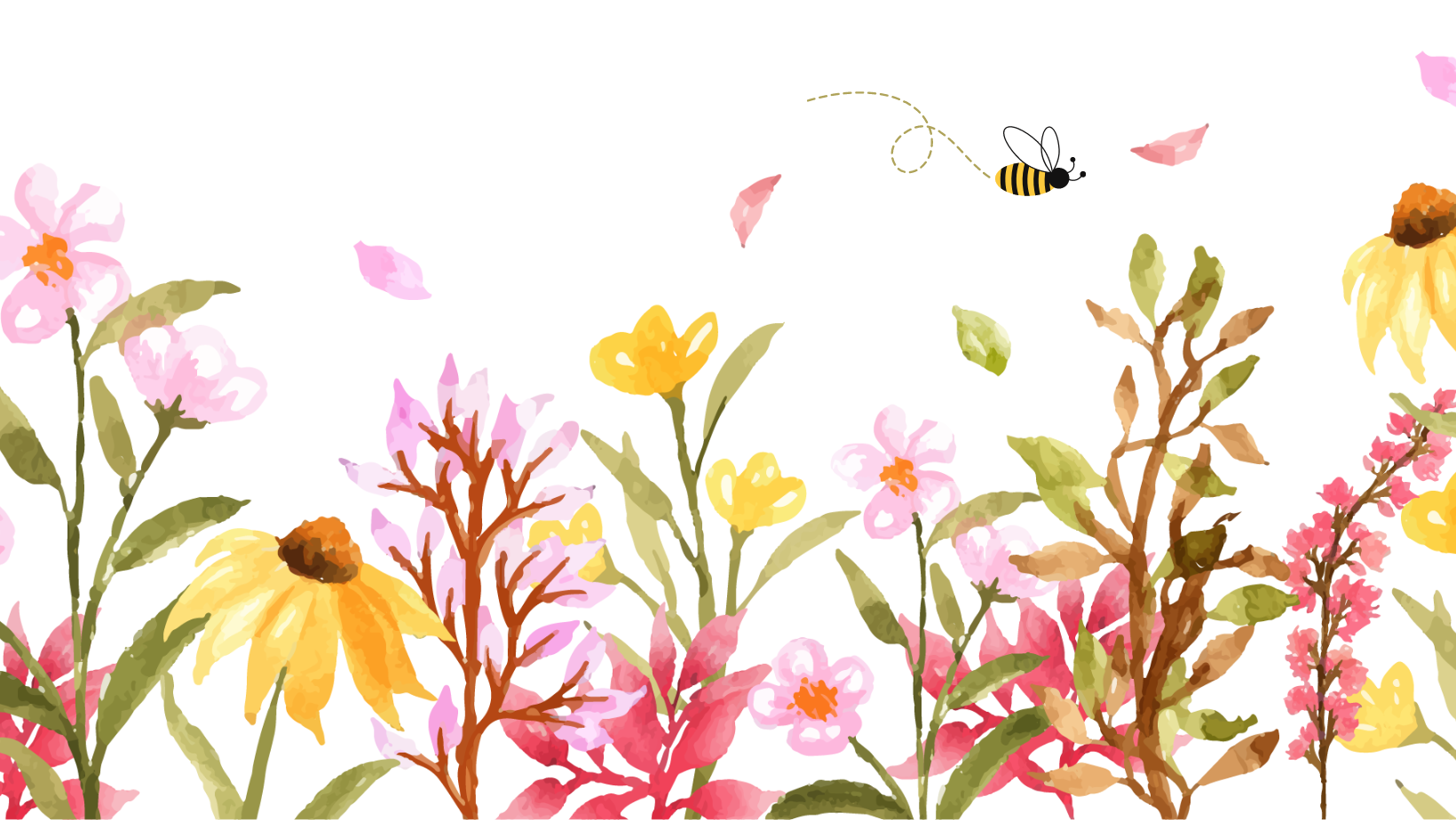Myth – No Mow May increases tick populations.
Fact - Scientific research indicates that milder weather is responsible for the increase in tick population and habitat spreading. They are now able to survive winter. Studies show that No Mow May does not increase tick populations since lawns are probably too dry for the species. Blacklegged ticks (lyme carriers) require 100% humidity for at least part of the day to thrive. The research concludes that ticks found in lawns are typically associated with adjacent woodlands and since they cannot jump, they attach onto whatever passes by. An article published in the academic publication Ecosphere Journal in 2016 stated that ticks are more attracted to “woodlands, particularly in urban and suburban areas, that consist of small forests with mature trees, understory shrubs and leaf litter […].” To help prevent the spread of ticks into urban neighbourhoods, check your clothes (and your pets) when leaving wooded areas or trails.
Myth - Now Mow May increases airborne pollen.
Fact - Research shows that during May 2022 pollen was high across the province of Ontario. The vegetation that generated the most pollen was pine, fir, and spruce; grass had a moderate count; and pollen from weeds and other plants was low or non-existent. A 2019 article in the academic journal British Ecological Society titled Mowing urban lawns less intensely increases biodiversity, saves money and reduces pests claims that reducing the intensity of lawn mowing in urban spaces does lead to the “reduced presence of allergy-triggering weeds,” such as ragweed since the species is able to “colonise disturbances caused by intense mowing.”














